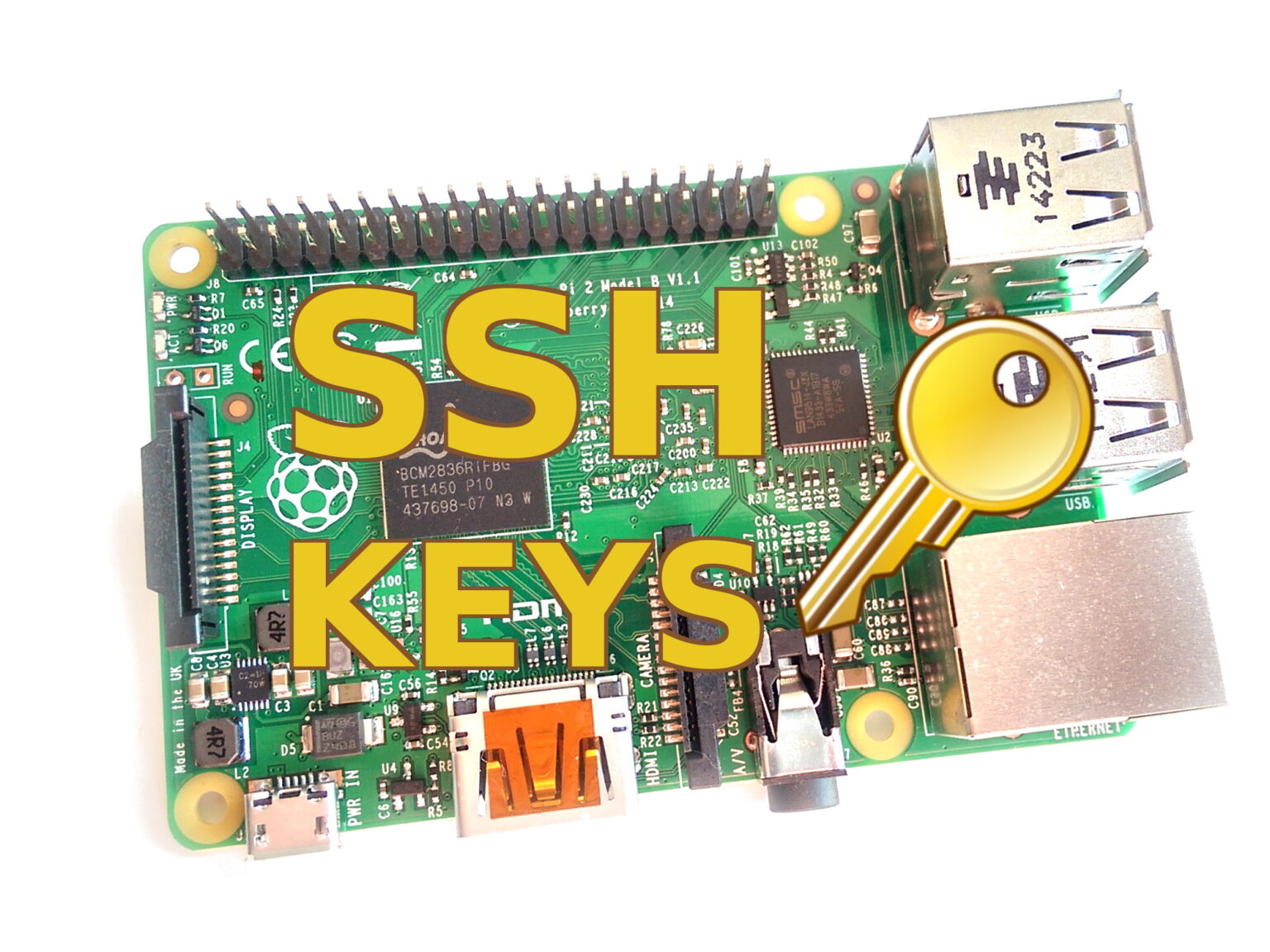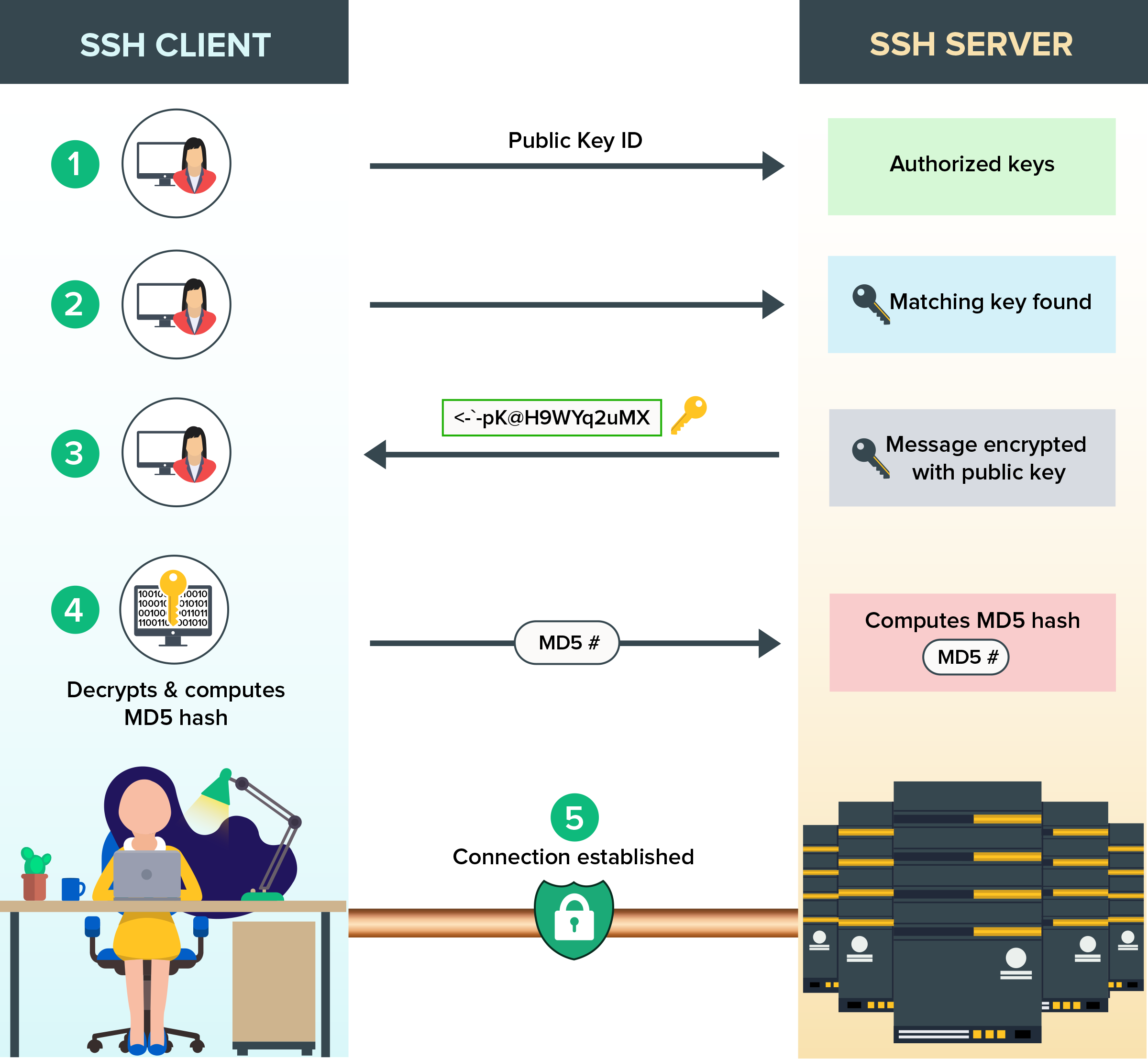Unlocking The Power Of RemoteIoT Platform: Free SSH Key Management For Raspberry Pi
Hey there tech enthusiasts, ever wondered how you can unlock the true potential of your Raspberry Pi using a remoteIoT platform with seamless SSH key management? Well, buckle up because we’re diving deep into this game-changing technology. In today’s world, where remote connectivity and automation are no longer optional but essential, understanding how to leverage tools like remoteIoT platforms can give you an edge. So, if you’re on the lookout for ways to enhance your IoT projects or manage your devices remotely, this is the guide for you.
Let’s face it, managing SSH keys for your Raspberry Pi can sometimes feel like trying to herd cats—chaotic and unpredictable. But what if I told you that with the right tools and strategies, you could streamline this process and unlock the power of your devices without breaking a sweat? This article will show you exactly how to do that, all while keeping things simple and secure.
Whether you’re a seasoned developer or just starting out in the world of IoT, this guide promises to deliver valuable insights into remoteIoT platform functionalities and SSH key management tips that’ll make your life easier. So grab your favorite drink, sit back, and let’s get started!
Understanding the RemoteIoT Platform
The remoteIoT platform is essentially your gateway to controlling and managing IoT devices from anywhere in the world. Imagine having the ability to monitor your home security system, automate your smart home appliances, or even tweak settings on your Raspberry Pi—all without being physically present. Sounds cool, right? That’s the magic of remoteIoT platforms.
At its core, the platform provides a secure and efficient way to interact with your devices over the internet. It eliminates the need for complex configurations and allows even beginners to set up remote connections effortlessly. And the best part? Many platforms offer free tiers that include features like SSH key management, making them accessible to everyone.
Why Choose a RemoteIoT Platform?
Here’s the deal: setting up IoT devices can be tricky, especially when you’re dealing with security concerns, data transfer limitations, and device compatibility issues. A remoteIoT platform simplifies all of these challenges by offering:
- Seamless integration with popular devices like Raspberry Pi
- Advanced security features, including encryption and two-factor authentication
- Easy-to-use dashboards for monitoring and managing multiple devices
- Free SSH key management tools that save you time and hassle
Free SSH Key Management for Raspberry Pi
SSH keys are like the secret passwords that allow you to access your Raspberry Pi securely from anywhere. But managing these keys manually can be a pain, especially if you’re working with multiple devices. That’s where free SSH key management comes in. With the right tools, you can automate the process, ensuring your keys are always up-to-date and secure.
Using a remoteIoT platform, you can generate, store, and deploy SSH keys with just a few clicks. No more manually copying and pasting key files or worrying about losing access to your devices. Plus, most platforms offer built-in safeguards to protect your keys from unauthorized access, giving you peace of mind.
Benefits of SSH Key Management
Let’s break it down. Here are some of the key benefits of using SSH key management for your Raspberry Pi:
- Enhanced security: SSH keys are far more secure than traditional passwords
- Convenience: Automate the process of key generation and deployment
- Cost-effective: Many platforms offer free SSH key management features
- Scalability: Easily manage keys for multiple devices without compromising performance
How to Set Up SSH Key Management on Raspberry Pi
Ready to get your hands dirty? Setting up SSH key management on your Raspberry Pi is easier than you think. Follow these simple steps to get started:
Step 1: Update your Raspberry Pi operating system. Trust me, this is crucial. You don’t want to work with outdated software when setting up something as important as SSH keys.
Step 2: Generate a new SSH key pair using the ssh-keygen command. This will create both a public and private key that you’ll use for authentication.
Step 3: Add your public key to the authorized_keys file on your Raspberry Pi. This step ensures that only devices with the matching private key can access your system.
Step 4: Test your setup by connecting to your Raspberry Pi remotely using the SSH command. If everything is configured correctly, you should be able to log in without entering a password.
Tips for Managing SSH Keys Efficiently
Now that you know how to set up SSH key management, here are a few tips to help you manage your keys more efficiently:
- Use a password manager to store your private keys securely
- Regularly rotate your SSH keys to minimize security risks
- Limit access to your keys by setting strict permissions
- Monitor key usage to detect any suspicious activity
Exploring the Features of RemoteIoT Platforms
RemoteIoT platforms come packed with features that make managing IoT devices a breeze. From real-time monitoring to automated workflows, these platforms offer everything you need to take your IoT projects to the next level. Here are some of the standout features:
- Device management: Easily add, remove, and configure devices from a centralized dashboard
- Data analytics: Gain insights into device performance and usage patterns
- Integration with third-party services: Connect your devices to cloud platforms, databases, and more
- Customizable alerts: Set up notifications for critical events or system anomalies
Choosing the Right RemoteIoT Platform
With so many options available, choosing the right remoteIoT platform can feel overwhelming. Here are a few factors to consider when making your decision:
- Compatibility: Ensure the platform supports your devices and operating systems
- Security: Look for platforms with robust security features, such as encryption and multi-factor authentication
- Scalability: Choose a platform that can grow with your needs
- Cost: Compare pricing plans to find one that fits your budget
Best Practices for Securing Your IoT Devices
Security should always be a top priority when working with IoT devices. Here are some best practices to keep your Raspberry Pi and other devices safe:
- Use strong, unique passwords for all accounts
- Enable encryption wherever possible
- Regularly update your software and firmware
- Limit network access to trusted devices
Common Security Threats in IoT
Before we move on, let’s talk about some common security threats in the IoT world:
- Malware attacks: Hackers can exploit vulnerabilities in your devices to install malicious software
- Man-in-the-middle attacks: Interception of communication between devices can lead to data theft
- Denial-of-service attacks: Overloading your devices with traffic can render them unusable
Real-World Applications of RemoteIoT Platforms
So, how are people actually using remoteIoT platforms in the real world? Here are a few examples:
Example 1: Smart Agriculture – Farmers are using IoT devices to monitor soil moisture, weather conditions, and crop health, all controlled through remoteIoT platforms.
Example 2: Home Automation – Homeowners are automating lighting, heating, and security systems using IoT devices managed via remoteIoT platforms.
Example 3: Industrial Monitoring – Manufacturers are leveraging IoT sensors and remoteIoT platforms to optimize production processes and reduce downtime.
Future Trends in IoT Technology
The future of IoT looks bright, with advancements in AI, 5G, and edge computing set to revolutionize the industry. Here’s what you can expect in the coming years:
- Increased adoption of AI-driven IoT solutions
- Improved connectivity with the rollout of 5G networks
- Enhanced security measures to protect against emerging threats
Conclusion: Unlock Your Potential with RemoteIoT Platforms
And there you have it, folks. By unlocking the power of remoteIoT platforms and mastering SSH key management for your Raspberry Pi, you can take your IoT projects to new heights. Whether you’re building a smart home, automating industrial processes, or exploring innovative applications in agriculture, the possibilities are endless.
So, what are you waiting for? Start experimenting with remoteIoT platforms today and see how they can transform your projects. And don’t forget to share your experiences and tips in the comments below. Together, let’s build a smarter, more connected world!
Table of Contents
- Understanding the RemoteIoT Platform
- Why Choose a RemoteIoT Platform?
- Free SSH Key Management for Raspberry Pi
- Benefits of SSH Key Management
- How to Set Up SSH Key Management on Raspberry Pi
- Tips for Managing SSH Keys Efficiently
- Exploring the Features of RemoteIoT Platforms
- Choosing the Right RemoteIoT Platform
- Best Practices for Securing Your IoT Devices
- Common Security Threats in IoT
- Real-World Applications of RemoteIoT Platforms
- Future Trends in IoT Technology
- Conclusion: Unlock Your Potential with RemoteIoT Platforms



Detail Author:
- Name : Dr. Kiana Schaefer
- Username : aracely.kutch
- Email : augustine15@hotmail.com
- Birthdate : 1981-06-27
- Address : 133 Homenick Light Suite 123 Rosellaborough, MS 71544
- Phone : (832) 761-8438
- Company : Beier-Langosh
- Job : Offset Lithographic Press Operator
- Bio : Enim dolorem ipsam doloribus. Ab placeat itaque quos. Ut aliquid dolorum in quam qui velit ea. Nisi doloremque aut odio rem. Nobis non ut sequi alias non fuga asperiores.
Socials
linkedin:
- url : https://linkedin.com/in/bradford3687
- username : bradford3687
- bio : Est consequatur blanditiis aliquid.
- followers : 1082
- following : 2787
tiktok:
- url : https://tiktok.com/@bradfordhermiston
- username : bradfordhermiston
- bio : Quae veritatis enim sed est. Sit quidem maxime reiciendis aut.
- followers : 3951
- following : 2975
instagram:
- url : https://instagram.com/bradford.hermiston
- username : bradford.hermiston
- bio : Ab dolorem commodi autem nam velit ut. Voluptatem voluptatum dolorem hic.
- followers : 2824
- following : 1770